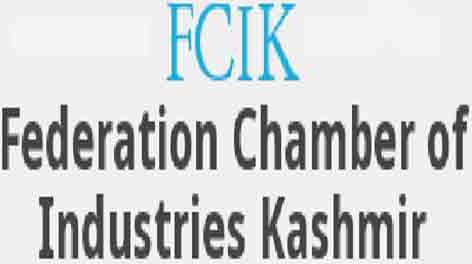KL Report
CHENNAI
The infant mortality rate has come down by 11.0 points from 52 in 2006 to 41 in 2011 against National average of 44 points and neonatal mortality rate has also declined from 39 in 2007 to 35 in 2011 in the state of Jammu and Kashmir, Minister of State for Health (Independent charge), Shabir Ahmad Khan said that efforts are being made to reduce it further by laying stress on facility based and home born based newborn care.
Khan has said that Jammu and Kashmir has recorded landmark achievements under health Sector adding that this has became possible by strenuous efforts of the state government and liberal financial assistance provided by the centre under the flagship National Rural Health Mission (NRHM).
Speaking at a 3 day long summit on “Call to action for child survival and development”, organized by Union Health Ministry at Mahabalipuram, Chennai to demonstrate joint commitment of Central and state governments to support the broad range of interventions for improving maternal and child health in the Country.
As per a statement the conference was chaired by Union Health and Family Welfare Minister, Ghulam Nabi Azad and attended by Health Ministers of various States, besides senior functionaries of Centre and State Health Departments.
The State Health Minister said that health indicators in Jammu and Kashmir have improved and are comparatively better than the National average. He said the TFR of the State has reduced from 2.3 in 2006 to 2.0 in 2010 and the state has been able to cross the stipulated target of 2.1 by 2012 under NRHM.
The minister said that number of health institutions in the state has increased from 124 in 1950-51 to 4801 in 2011-12 adding at present the State has 22 District Hospitals, 84 CHC, 637 PHCs’/ NtPHCs and 2265 sub health centers.
The Minister said that a lot of efforts have been made in the last few years to upgrade the health care services to make them accessible, affordable, and client centered. He said as a result of which, the work load in the department has started growing and in the last two years, there has been a remarkable progress, not only in OPD and IPD but also in institutional deliveries and major surgeries. He said that the improvement in the infrastructure and manpower in the peripheral institutions has won the faith of the public in such institutions resulting into decrease in the referrals.
He said that keeping in view the changing needs and demands of health sector and with a view to optimize the resource allocation and its utilization, the State government has initiated a number of reforms in the delivery of health care services in the State. He said that drug policy of the State with essentials drug lists has been issued. He said for rationalization of deployment of doctors in the remote areas, transfer policy has also been framed. He said that the government has also fixed the rates for services being provided by the private clinics. He said that the state has also enacted the Nursing Council Act for which SRO has also been issued, while the process of framing the Nursing Council rules was under process.
The Minister said that NRHM has proved a great boast in improving the health care services in the State and the efforts have been made to strengthen the existing peripheral institutions in terms of infrastructure, machinery/ equipment’s and manpower etc. to reduce the unnecessary referrals. He said that health institutions are being made to function on 24×7 basis in a phased manner. He said that primary focus has been laid on reducing the Maternal and Child Mortality and Total Fertility rate in the State.
Giving details of NRHM funds received by the state government since its inception, the Minister said that under this Mission the State government has received Rs. 710.78 crores and an amount of Rs. 130.78 crore has been provided as State share to the State Health Society up to ending December, 2012. He said out of the total availability of Rs. 841.56 crores, Rs. 757.63 crores stands utilized till ending December, 2012 for up-gradation of health infrastructure and other health care programs in the state.















